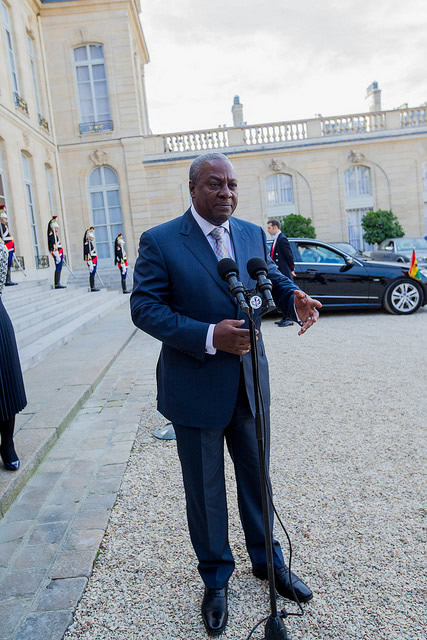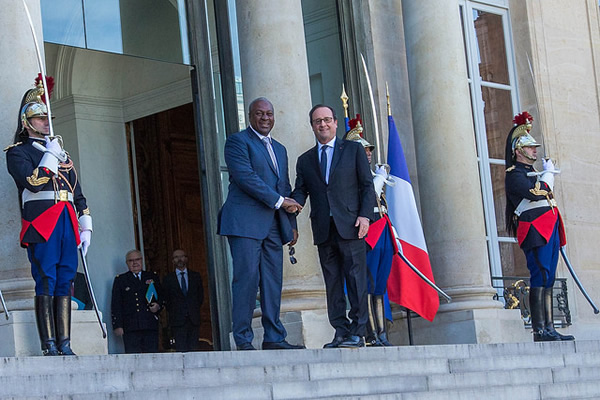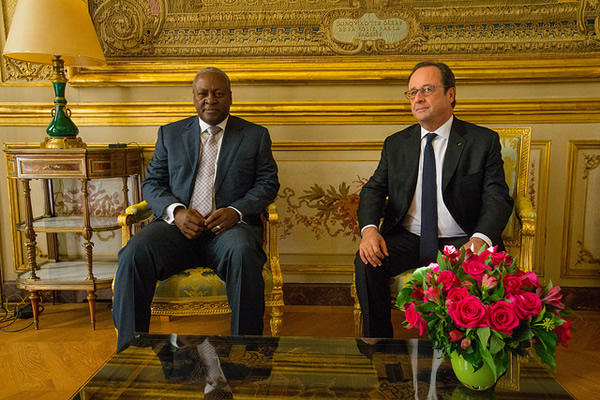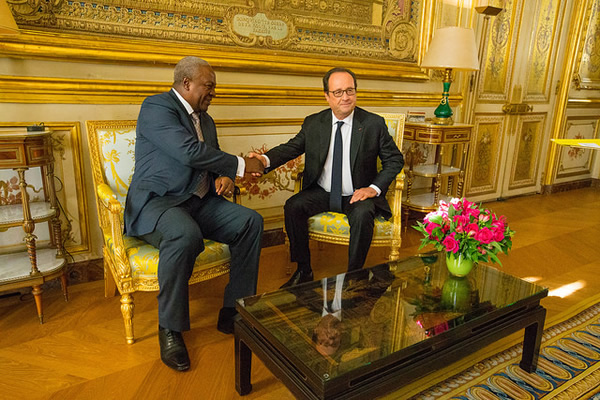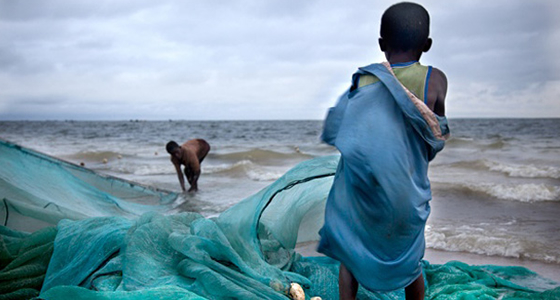 Social protection policies can play a key role in the fight against child labour, which currently affects some 215 million children worldwide.
Social protection policies can play a key role in the fight against child labour, which currently affects some 215 million children worldwide.
The International Labour Organization (ILO), an body of the United Nations’ Organisation, in its report on child labour, economic vulnerability, social protection and the fight against child labour, reviewed relevant research on how different types of social protection measures could help combat child labour.
The document, which was made available to the Ghana News Agency on Thursday, discussed the role of poverty and economic shocks in rendering households vulnerable to child labour.
It also considers the impact of cash transfers, public employment programmes, social insurance and other social protection initiatives as they had been implemented around the world, on child labour.
The report said measures such as cash transfers or health insurance programmes could sometimes determine whether a child spends the day studying and playing, or working and being deprived of a fair chance at a decent future.
It said cited that Brazil’s Bolsa Familia cash transfer programme, which pays families a certain amount per month, to support their children to go to school, has played a key role in the reduction of child labour both in rural and urban areas.
“In Cambodia, child labour was down by 10 per cent, following the introduction of the Education Sector Support Project scholarship programme – which also involves cash transfers,” the report stated.
It said in Botswana, Malawi, Namibia, South Africa, Tanzania and Zimbabwe, 50-60 per cent of orphans live with their grandparents, and in such households, the degree of income security among the aged plays a significant role in limiting child labour.
The report sated that according to ILO estimates, more than 5 billion people thus about 75 per cent of the global population do not have effective access to comprehensive social protection.
It observed that the extension of social protection in line with ILO recommendation on social protection platforms, adopted less than a year ago, should be a key part of national strategies to tackle child labour.
The report said national social protection should include at least a basic level of income security throughout the life cycle, as well as access to essential health care.
It also recommended the introduction of child labour-specific measures in social security systems, strengthening of national legal frameworks and capacity, as well as reaching out to vulnerable groups of children such as those living with HIV, migrant children, children from marginalised ethnic minorities, indigenous and other economically and socially excluded groups.
This new report is the first in a series to be published annually by the ILO’s International Programme on the Elimination of Child Labour.
It brings together research on child labour and social protection, identifying policies that are designed to achieve multiple social goals.
Source: GNA














